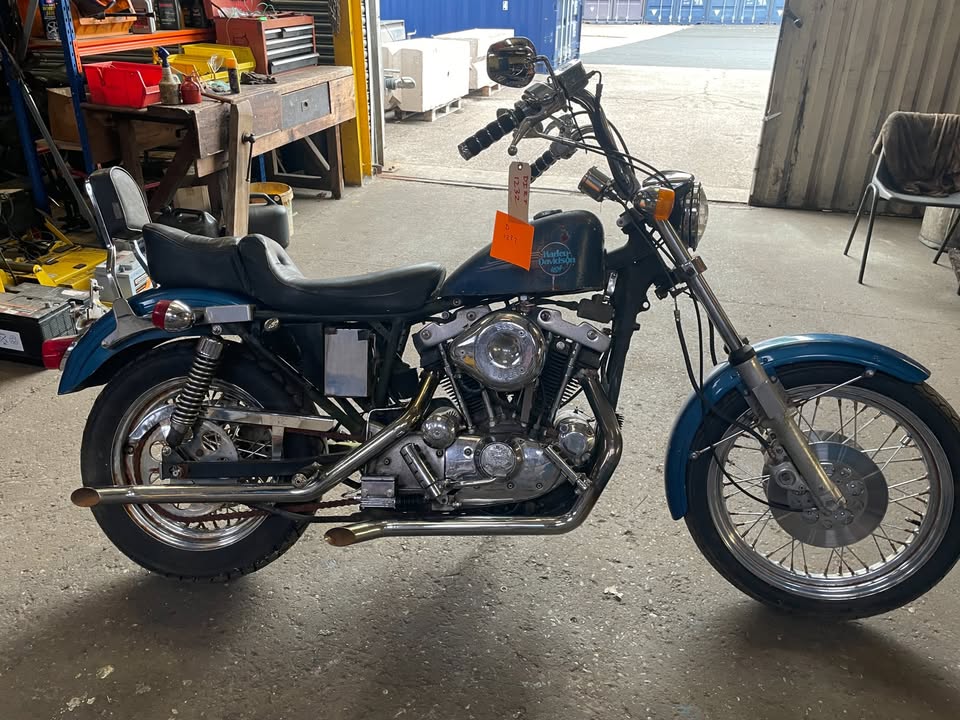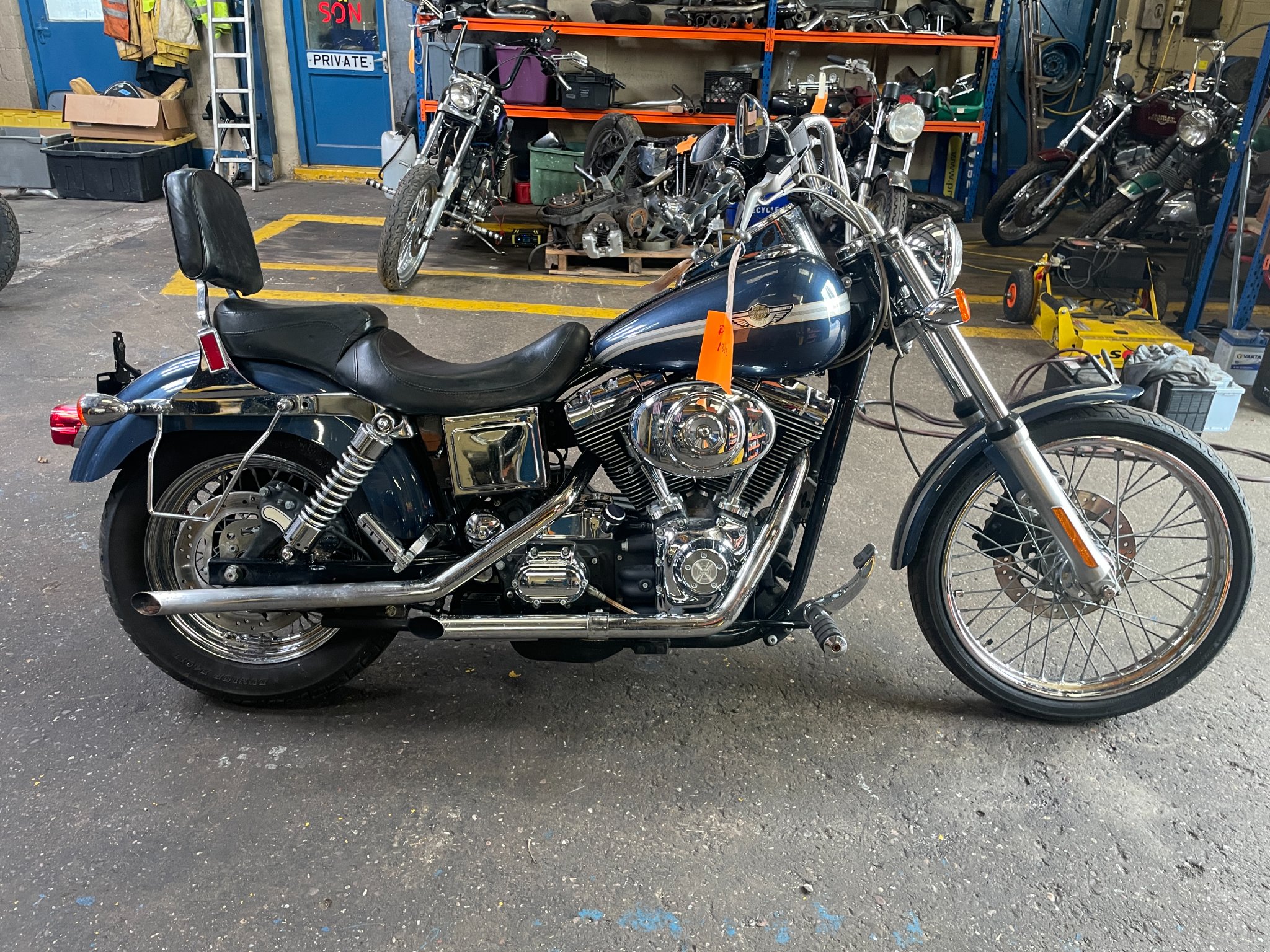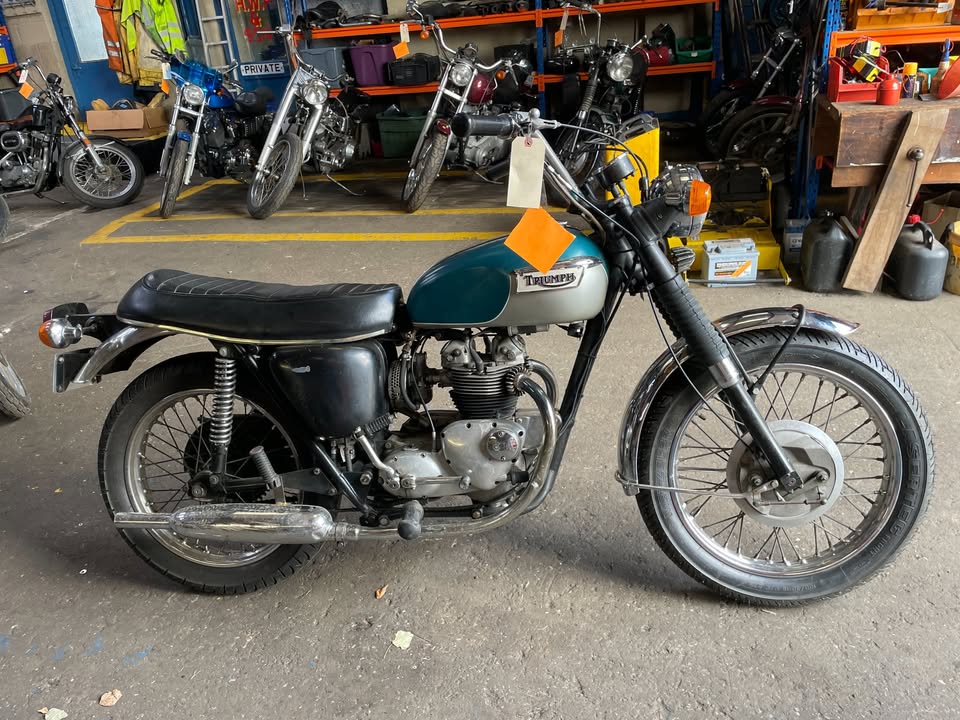Classic and Classy Motorcycles Ltd
Vintage and Classic Motorcycle Importers
1980 Harley Davidson Ironhead Sportster 1000cc Project Ref D1232

1980 Harley-Davidson Ironhead Sportster 1000cc – Raw, Rugged, and Unmistakably Harley
Historical Context
The 1980 Harley-Davidson Ironhead Sportster 1000cc represents the final chapter of a classic American engine design before major updates arrived in the 1980s. The Ironhead engine, named for its cast-iron cylinder heads, had been in use since 1957 and became known for its mechanical clatter, punchy torque, and iconic sound. By 1980, the Sportster had firmly established itself as a gritty, middleweight cruiser that stood apart from Harley’s bigger FLH touring machines. Built during the AMF era, the 1980 model reflects both the struggles and the soul of Harley-Davidson in a time of transition—rough around the edges, but full of character and attitude.
Technical Specifications and Performance
• Year: 1980
• Make: Harley-Davidson
• Model: Ironhead Sportster
• Engine Displacement: 997cc (61 cubic inches)
• Engine Type: Air-cooled OHV 45° V-twin (Ironhead)
• Compression Ratio: 9.0:1
• Carburetion: Keihin butterfly carburetor
• Ignition System: Electronic ignition (from 1979 onward)
• Transmission Type: 4-speed manual
• Final Drive: Chain
• Cooling System: Air-cooled
• Fuel Capacity: Approx. 3.3 gallons
• Braking System: Disc front and rear
• Dry Weight: Approx. 525 lbs
• Top Speed: Around 105 mph
Technical Advancements
By 1980, the Sportster had received several important upgrades over earlier Ironhead models. Electronic ignition replaced points in 1979, improving reliability and starting. The left-side gear shifter, standardized in 1975 due to U.S. regulations, was now fully integrated. Front and rear disc brakes were standard, improving stopping power significantly. Though still using the traditional 4-speed gearbox and chain final drive, these bikes were easier to live with than their 1960s counterparts. The rigid-mounted engine gave plenty of vibration—but also the classic Harley feel that many riders demanded.
Evolution of the Model
The Ironhead Sportster evolved over decades, from the original 883cc version in the 1950s to the more muscular 1000cc models of the late '70s and early '80s. The 1980 bike retained the kick-start option on some versions but came primarily with electric start. The styling was factory-custom, with options for peanut tanks, mini-ape bars, and staggered exhausts. These were bikes meant to be ridden hard and customized even harder. Just a few years later, in 1986, the Ironhead would be replaced by the all-new Evolution engine, making the 1980 model one of the last true Ironheads.
Competitors in the Market
In 1980, the Sportster faced stiff competition from Japanese cruisers like the Yamaha XS650, Honda CB750 Custom, and Kawasaki KZ series. These bikes were smoother, more reliable, and better equipped in many ways. But none could match the Harley for brand loyalty, torque-heavy delivery, and that unmistakable V-twin sound. The Sportster wasn’t trying to be refined—it was built to deliver a raw, emotional ride with simple mechanics and a tough attitude.
Legacy and Appeal
As a barn find or restoration project, the 1980 Ironhead Sportster is a cult classic. Its unique engine sound, kick of torque, and tough-as-nails build give it lasting appeal. While these bikes require hands-on ownership and regular attention, that’s exactly what many enthusiasts love about them. Once sorted, they make great weekend riders or custom builds. The 1980 model year sits in the sweet spot—modern enough to ride with confidence, but still carrying all the old-school Harley DNA that defines the Ironhead era.
Find Classic Motorcycles
Stay in the loop - Subscribe for Updates
One email notification a month when a new shipment arrives.
 2003-Harley-Davidson-Anniversary-Dyna-Wide-Glide-FXDWG-1450cc-Ref-D1322
2003-Harley-Davidson-Anniversary-Dyna-Wide-Glide-FXDWG-1450cc-Ref-D1322 1971-Triumph-500cc-T100c-Tiger-Ref-1561
1971-Triumph-500cc-T100c-Tiger-Ref-1561